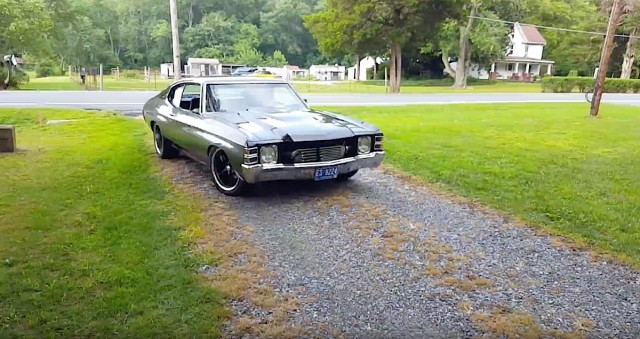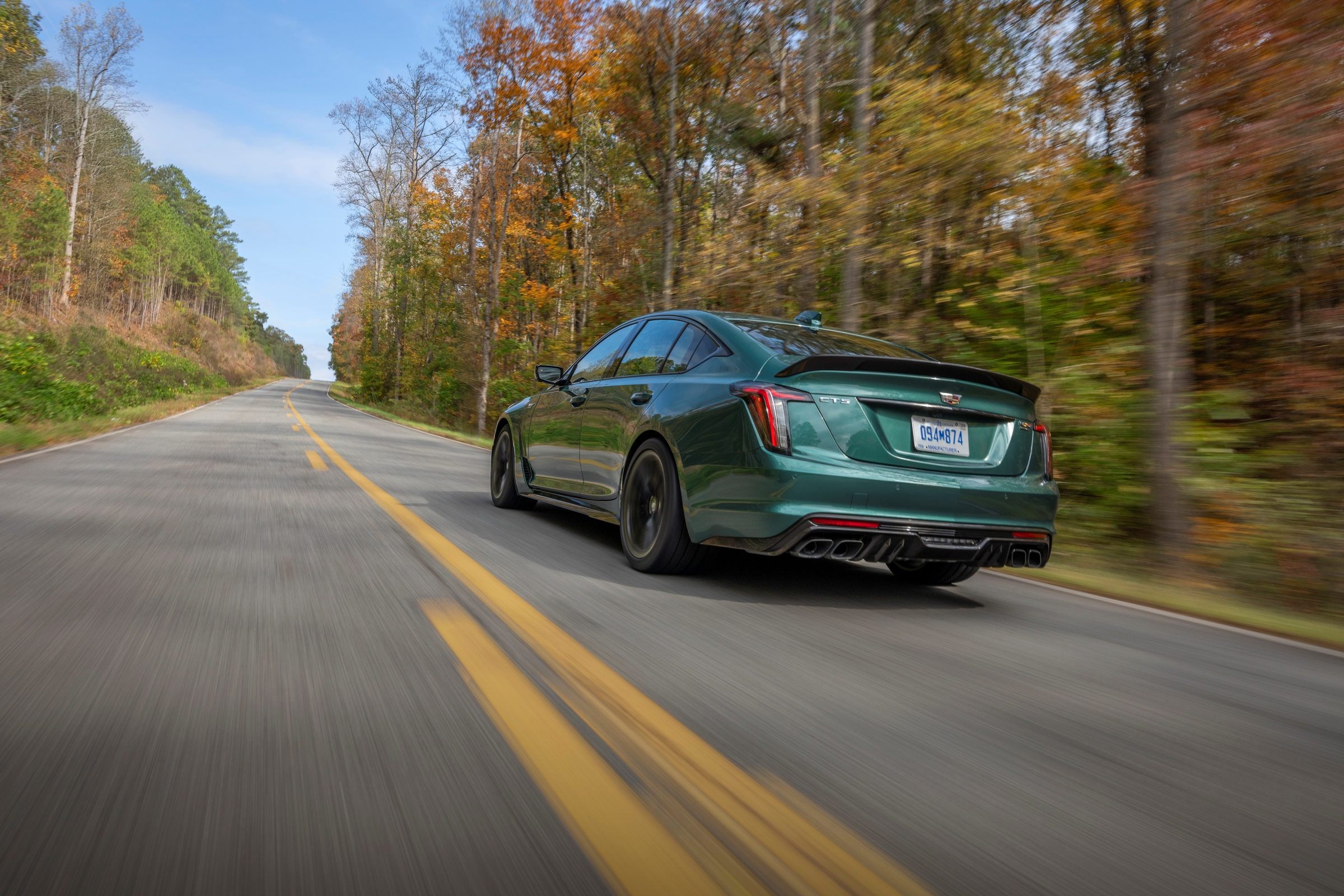Recently, we’ve been seeing a lot of 5.3 liter LS V8 swaps into cars like this ’89 Jeep Comanche, this ’64 Cadillac Coupe de Ville, and this ’94 Silverado. the 5.3 is a very popular engine choice for LS swaps, and it’s obvious why. It’s one of the most inexpensive junkyard engines you can get: and with this GM LS Generation IV small block being available in a horsepower range of 310 to 326, it’s a great starting platform. Especially for something like the ’71 Chevelle in the video above.
 The Chevelle in the video has a 5.3 liter LS swapped V8 that’s been turbocharged, and the purpose of that video is to display the car’s anti-lag system. If you’re familiar with turbochargers and how they work, then you’ll probably know what turbo-lag is, and how an anti-lag system works. For those of you who don’t, sit back, grab a cold one, and let us do all the talking.
The Chevelle in the video has a 5.3 liter LS swapped V8 that’s been turbocharged, and the purpose of that video is to display the car’s anti-lag system. If you’re familiar with turbochargers and how they work, then you’ll probably know what turbo-lag is, and how an anti-lag system works. For those of you who don’t, sit back, grab a cold one, and let us do all the talking.
An anti-lag system is a system used on turbocharged cars to minimize turbocharger lag. There are several methods for doing this, each with its own pros and cons. We’re not sure whether this Chevelle is using an air bypass style anti-lag system that feeds pressurized air from the turbo directly to the exhaust manifold. Coupled with additional fuel, this creates combustion on the way to the turbo, resulting in higher gas pressure inside the exhaust, increasing turbo speed and providing high turbo pressure and power without delay. There are other methods, including those similar to a two-step. If you have ever heard the popping and cackling of a turbo car at the drag strip right before launch, that’s probably an anti-lag setup doing its job.
There are four common methods Wikipedia lists on their page for anti-lag systems. If you’re interested in learning more about them, we suggest giving the page a read. There’s a lot of good information to learn from.


















